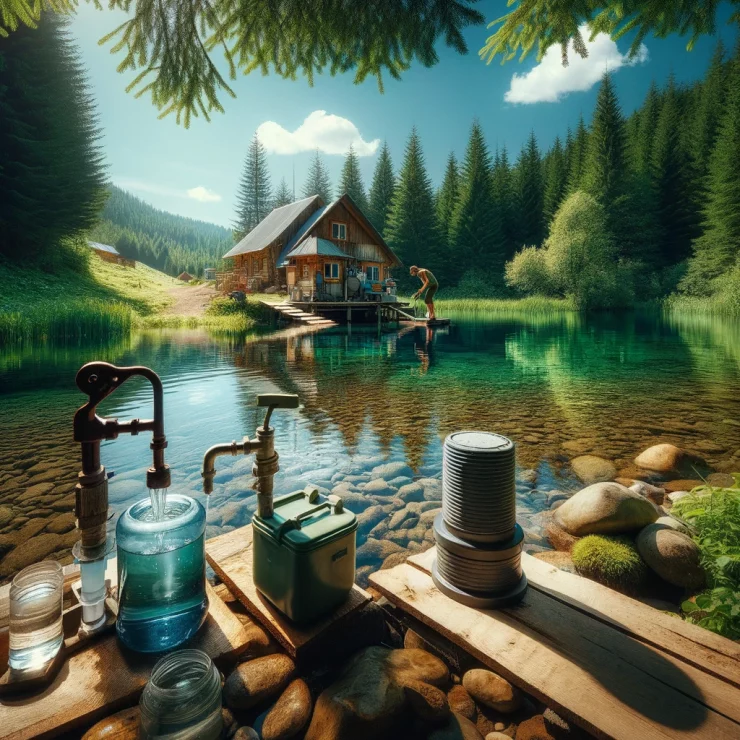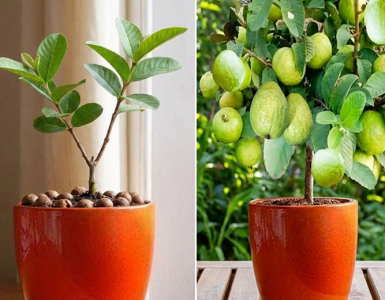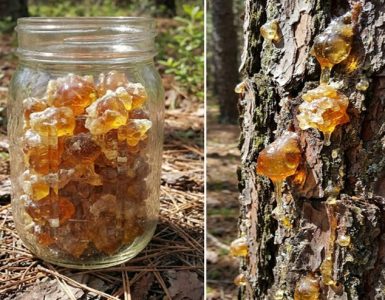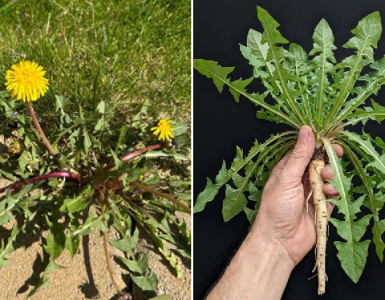In the realm of off-grid living, accessing clean water is often a primary concern. Whether you’re a seasoned survivalist or a weekend camper, knowing how to purify water without relying on modern infrastructure is a valuable skill. Fortunately, there are numerous methods available for purifying water in remote areas or during emergencies. Here are 12 effective ways to ensure your water is safe to drink off the grid:
Boiling: Boiling water is one of the oldest and most reliable methods of purification. Simply bring the water to a rolling boil for at least one minute (or longer at higher altitudes) to kill harmful pathogens.
Water Purification Tablets: These tablets contain chemicals such as chlorine dioxide or iodine that effectively kill bacteria, viruses, and protozoa. They are lightweight, portable, and convenient for purifying water on the go.
UV Water Purifiers: UV purifiers use ultraviolet light to destroy the DNA of microorganisms, rendering them harmless. These devices are compact and battery-operated, making them ideal for off-grid use.
Portable Water Filters: Compact water filters like the LifeStraw or Sawyer Mini remove bacteria, parasites, and microplastics from water without the need for chemicals or electricity. They are lightweight and easy to use, making them perfect for backpacking or emergency kits.
Solar Water Disinfection (SODIS): SODIS involves filling clear PET bottles with water and exposing them to sunlight for 6 hours (or longer if the weather is cloudy). UV radiation from the sun kills pathogens, providing a simple and eco-friendly purification method.
Charcoal Filtration: Activated charcoal can effectively remove impurities and odors from water by adsorption. You can create a simple charcoal filter using materials found in nature, such as sand, gravel, and cloth.
Distillation: Distillation involves heating water to create steam, which is then condensed back into liquid form. This process removes contaminants such as heavy metals, salts, and microorganisms, producing clean drinking water.
Clay Pot Filtration: Clay pots are porous and can filter out bacteria and sediment from water. By pouring water through a clay pot filter, you can remove impurities and improve its taste.
Solar Stills: Solar stills use the heat of the sun to evaporate water, which is then collected as condensation on a transparent surface. This method can purify water contaminated with salt or other pollutants.
Iodine Tincture: Iodine tincture can be used as a disinfectant to purify water. Simply add a few drops of iodine to clear water and wait 30 minutes before drinking. Note that iodine should not be used by pregnant women or individuals with thyroid conditions.
Boiling Stones: Boiling stones, such as clean rocks or pebbles, can be heated and then dropped into water to purify it. The heat kills pathogens, and the stones also help to keep the water at a rolling boil.
Ceramic Filters: Ceramic filters consist of porous ceramic material that traps bacteria, protozoa, and other contaminants as water passes through. These filters are durable and can be cleaned and reused multiple times.
Ensuring access to clean water is essential for off-grid living or during emergencies. By familiarizing yourself with these 12 methods of water purification, you can stay hydrated and healthy no matter where your adventures take you. Remember to prioritize safety and always test water from unfamiliar sources before consumption.






Add comment